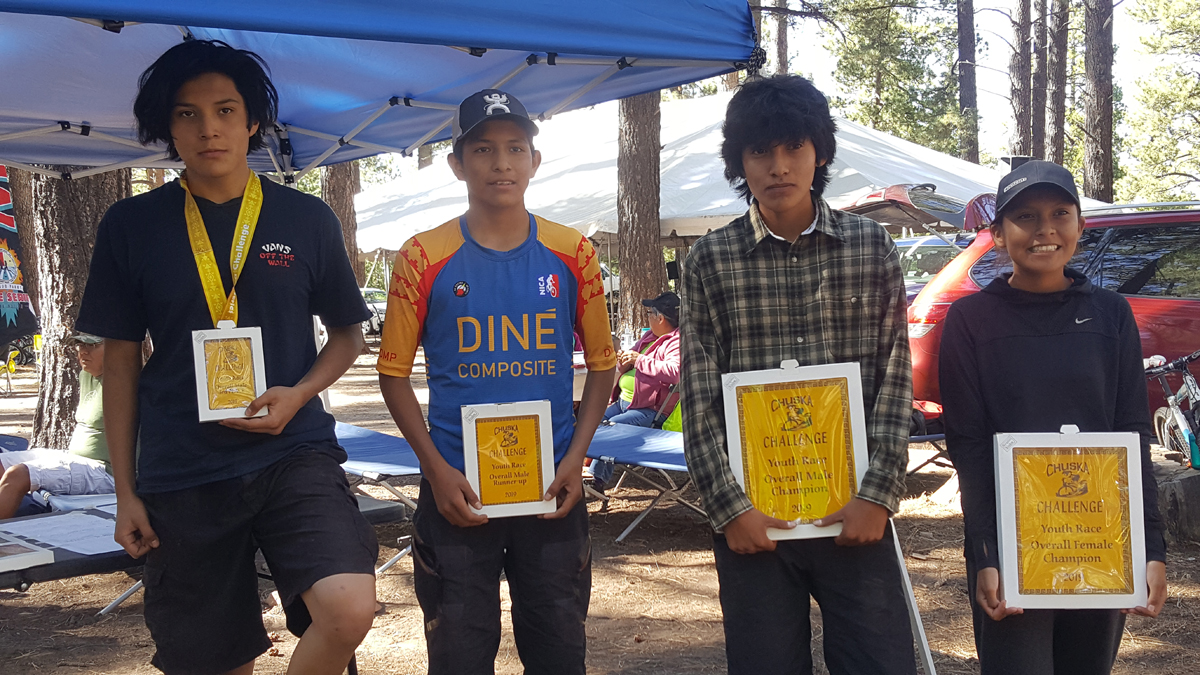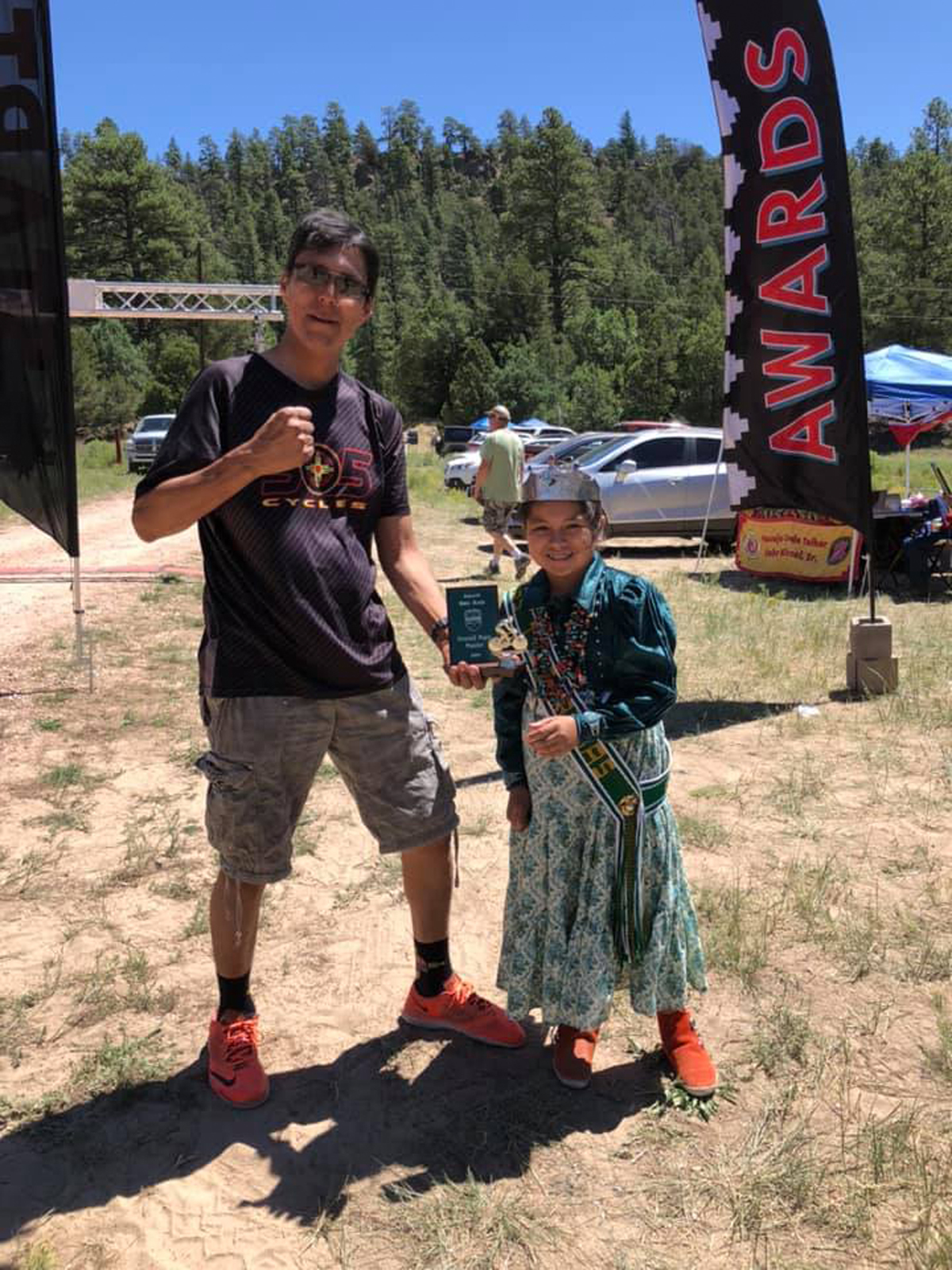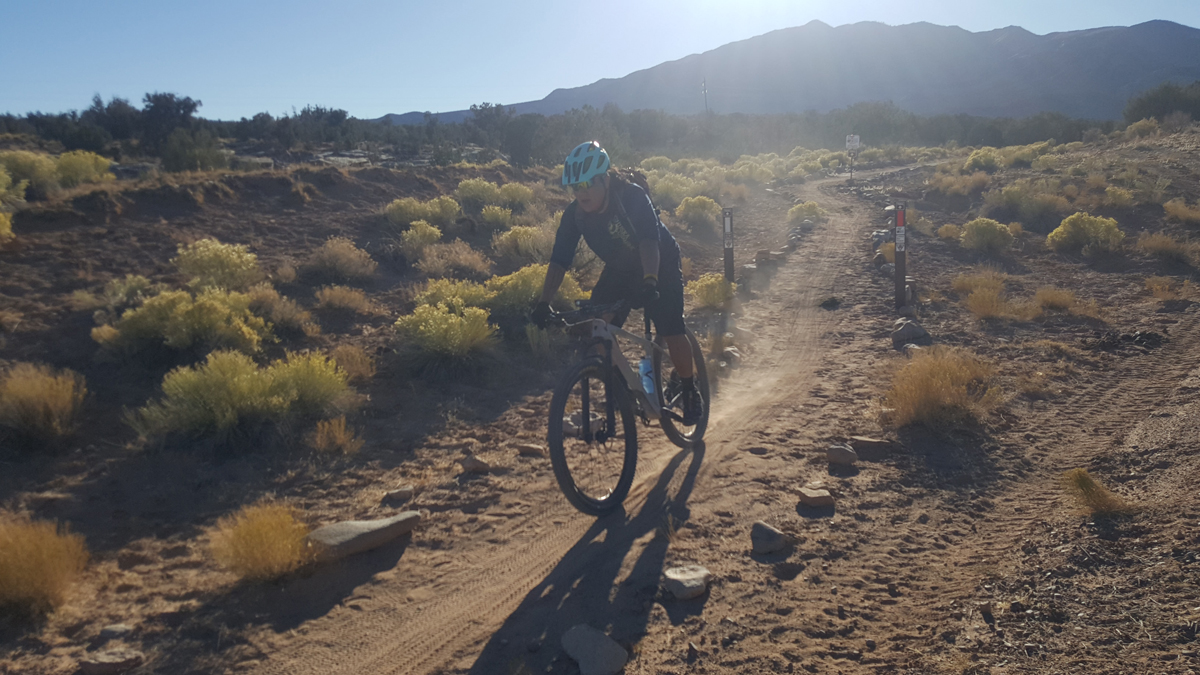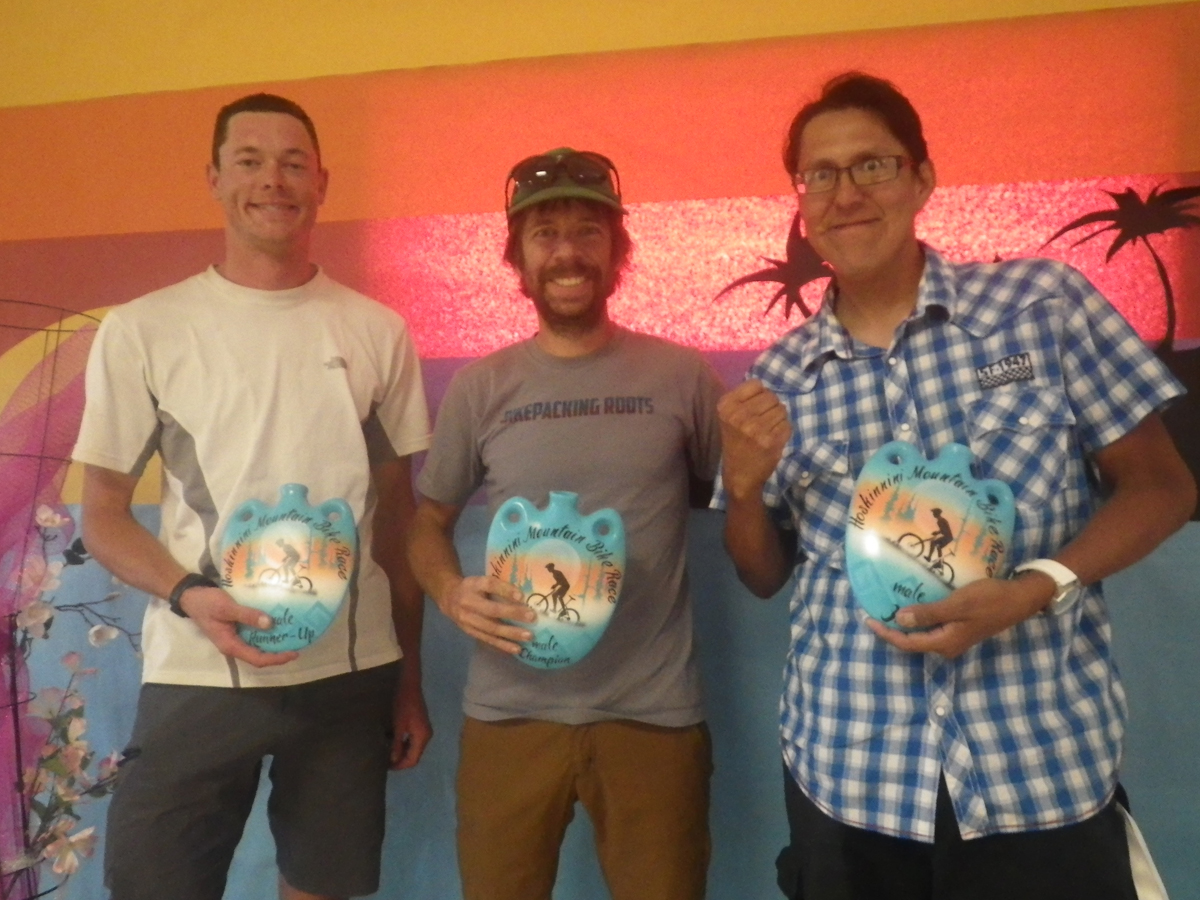By Charles Pekow — Like everywhere else, the pandemic wreaked havoc upon bicycling in the Navajo Nation. But the Navajos also did their best to turn the crisis of health and social activity into an opportunity to get citizens out on bicycles.
The Navajo Indian Reservation encompasses more than 27,000 square miles in Arizona, New Mexico, and Utah, making it the largest American Indian land in the United States. Despite the COVID lockdown, the Navajo Nation has kept up its long-standing efforts to get its members out on bicycle. When the lockdown hit back in 2020, NavajoYES, a youth-serving non-profit, increased its efforts to get kids on bikes.

The nation had been promoting bicycling well before. NavajoYES had been promoting bicycle donations, races, and other events since the early 1990s. In 2015, community groups founded the Navajo Trails Task Force, which was ready to help out when COVID hit. It published a guide to biking on the lands (http://navajoyes.org/trails-initiative/). When social rides became unsafe, it came in handy.
And now the reservation is working on creating the first rail-to-trail conversion on Native American lands with the help of the Rails-to-Trails Conservancy (RTC). A rail line built to transport coal from the Black Mesa coal mine to the Navajo Generating Station was decommissioned in 2019. NavajoYES jumped on the chance to turn it into a multi-use trail, which could run 60-80 miles and pass-through multiple villages. The local economy depends heavily on recreation and tourism and a recreational trail could bolster such business.
The project presents a new challenge for RTC (of which I am a member). It is the first (and perhaps prototypical) effort to convert an abandoned rail line into a recreational trial entirely on Native American land. Often when converting a trail, proponents must deal with multiple property owners and governments. “A key piece we learned is that in a project like this, there has to be unanimity of support by landowners. If a landowner along the corridor says, “This doesn’t work for me; I’m not supportive of it,” then it’s a no go,” says Eric Oberg, RTC’s Midwest regional director. In this case, it deals mainly with the tribal apparatus as both property owner and government. On the one hand, this simplifies the process. On the other hand, RTC has to learn the specific needs, procedures, and structures of tribal communities.
“It’s still in early stages, but it’s a super exciting project for them,” Oberg says. The proposal is moving ahead slowly. “I haven’t talked to anybody in three or four months,” he says. “Politics is different on a reservation. We’re learning. We’re providing technical expertise” and reaching out to the public and seeing what federal funding may be available. “This project will be a case study and precedent on how other reservations and tribal governments can and why they should do multi-use trail development.”
Currently, the Navajo Nation counts 34 trails of various types and lengths in various stages of planning, development, and use, ranging from community trails to long-distance routes, park trails and school-based ones, some designed for mountain bikes.
While the parties haven’t worked out details, the state of Arizona has offered some funds from the American Rescue Plan Act (pandemic relief) to build trails on the reservation over the next two years.
Beyond its trail projects, NavajoYES operates its Diné Bike Project, which fixes donated bicycles and gives them to school children, a project set back by the pandemic, says Program Coordinator Aaron Beauford. (Navajos call themselves the Diné, which translates as “the people” or “children of the holy people.”)
“The challenge we’ve been through since COVID was trying to get back into local schools,” Beauford says. “We used to visit a lot of schools (and sponsor bike rides). We can’t do that nowadays.” The project employs two mechanics to fix bikes and tries to work with others. Donations include all sorts of bikes for all ages: “little kids” bikes, mountain bikes, road bikes. We’ve got something for just about everyone,” Beauford says. In April, Beauford said the project included about 300 bikes in its inventory and has given away about 60 so far this year.
Also, in March, Eve’s Fund, a Navajo youth-serving non-profit, donated 100 helmets for the project. Each child who gets a helmet makes a pledge to wear it whenever riding.
When conditions permit, NavajoYES also sponsors events such as bike races (http://navajoyes.org/dine-bike-project/). NavajoYES plans to sponsor several events this year at dates to be determined, including the Tour de Rez Cup Series and the Chuska Challenge Mountain Bike Race, which has been going on 28 years and usually takes place in September.
The Indian Health Service (IHS) is trying to pick up the ball and expand biking at schools in villages in the Arizona section of the Diné lands. “Many of the bikes were expensive and hard to keep up,” explains Genevieve Notah, associate director of the Office of Program Planning and Evaluation of the Navajo Area Indian Health Service. IHS efforts hit a series of setbacks. “Because of COVID, not much really happened,” Notah explains. A lack of staff delayed recent efforts. Last winter, IHS decided time was ripe to get youth into social biking again. It solicited bids for a contractor to work with 20 schools on youth bike rides and repair clinics as part of the school health program. But the effort faced another setback when the contacting official left to take another job. So IHS withdrew the request which it wants to reissue at an unspecified date, Notah says.
For more information on NavajoYES, visit: navajoyes.org












[…] editorial staff members at CyclingTips and VeloNews, as it transitions from print to online.The Navajo Nation is working on a 60-mile rail-to-trail conversion, which would be the first such bikeway on native lands in the US.A 29-year old Idaho man pledged to […]
Comments are closed.